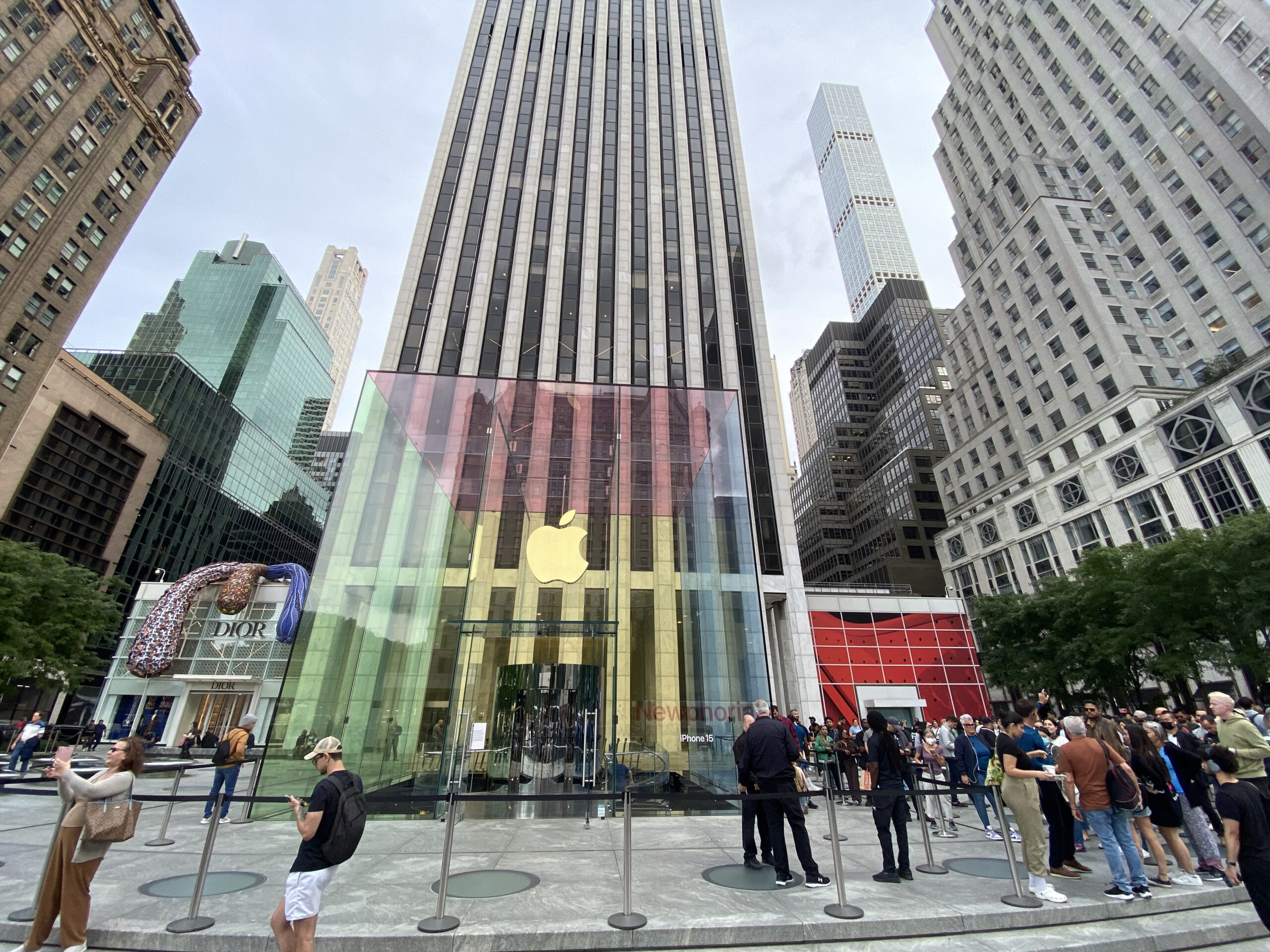Bounce-back bounced – USPTO Invalidates Key Apple Patent: Shows Bad Patents Are Not Costless
As was widely reported yesterday, the USPTO invalidated Apple’s “rubber-banding” patent (U.S. Patent No. 7,469,381), which was one of the key patents that Apple asserted against Samsung in the recent high-profile patent infringement lawsuit that resulted in over $1 billion dollars of damages being assessed against Apple’s South Korean competitor (although Apple can appeal this ruling). This is just the first of many Apple patents that could be invalidated as other key patents the company is using as weapons in its thermonuclear patent war against competitors are being challenged.
People unfamiliar with the inside baseball of the patent system might defer to their common sense and ask: “Wouldn’t the validity of the core patents–the very basis of an infringement proceeding–be determined before the companies accrue millions of dollars in legal fees and then over a billion dollars in damages?”
Good question. The answer is “no.” Set your common sense aside, as it will only lead you astray when trying to figure out how our patent system currently works.
Patents are granted or rejected after–on average–18 hours of review. If the patent is rejected, it can be continually modified and resubmitted until it is eventually accepted (like Apple’s controversial Siri patent that was rejected 8 times before being accepted). Once the patent is granted, it is conferred a “presumption of validity”, which as roughly translated from legalese, makes it difficult for a court to second guess the PTO on subjective questions of novelty or obviousness. A request can be submitted by outside parties to reexamine the patent, but this can take an exceedingly long time–and remains separate from infringement proceedings that carry on under the assumption that the patent is valid–as the Apple vs. Samsung case illustrates. Furthermore, in order for a patent to be overturned (to overcome the “presumption of validity”), there must be “clear and convincing evidence” that it is invalid. In practice, this is a very a difficult legal threshold to meet (and not the threshold that had to be met when the patent was granted in the first place). And the Apple v. Samsung case isn’t the only recent high-profile example of this miscarriage of justice. RIM (Blackberry) was forced to pay over $600 million to a patent troll to a settle a case (the threat of injunction was too great), even though the patents in question were eventually invalidated by the PTO.
(To make matters more confusing, the globalized nature of the technology supply chains makes the International Trade Commission–a quasi judicial Commission with the power to block imports for unfair trade practices, including patent infringement–another front in the global patent war. Another wave of potential injunctions, in this case import bans, could be coming down the pipe tomorrow.)
As I have illustrated above, bad patents (i.e. ones that should never have been granted) are anything but costless. They are still tools to be used to harry competitors and impede legitimate, merit-based competition (or in the case of patent trolls, outright extortion).
With this in mind, let us reflect upon a quote by Giles Sutherland Rich, one of the two main drafters of the 1952 Patent Act; one of the original judges on the Court of Appeals for the Federal Circuit (the specialty patent court); author of the controversial decision that struck down the long-standing rule that prevented the patenting of business methods; and arguable the most influential person in shaping the modern U.S. patent system.
Patents are not Nobel or Pulitzer prizes! They are not for exceptional inventors but for average inventors and should not be made hard to get…. If it is a total dud, how is the public injured by a patent on it? A monopoly on something nobody wants is pretty much of a nullity. That is one of the beauties of the patent system. The reward is measured automatically by the popularity of the contribution.
In complex product markets–like technology–even if an individual patent is a “dud” or not of significant independent commercial value, they can be used to harass competitors and foreclose legitimate competition because products can encompass thousands of patents (or patentable functions).
And the problem is worse when low patentability standards (especially when coupled with overworked, under-resourced patent examiners) lead to patents being granted for obvious implementations of ideas or concepts. This exposes others in the industry to litigation risk for simply following the expected product and feature improvement trajectory. As a result, low patentability standards–the same ones that were perceived as non-problematic to Judge Rich–grant hard-to-invalidate patents that flood the market with licenses to litigate.
Indeed, the problems in the patent system are not “self-correcting”–as opponents of the patent reform often argue. As this case tangibly illustrates, there are indeed significant costs to handing out patents like candy, even if they are eventually invalidated.
If the “dean of the Federal Circuit” — the person who shaped the modern patent system — held views that are so clearly divorced from the modern economic reality of how the patent system now works in practice, then maybe it is time to re-examine and fundamentally rework the system itself.
At a time when the fiscal and economic situation of our country is so perilous that even Big Bird is at risk, the misalignment of the current patent system–a system that confers huge costs on private actors and the public sector (these massive, high-profile corporate slugfests impose significant burdens on the judiciary) before there is even a final decision on whether the focal points of the litigation, the patents themselves, are indeed valid–should be addressed by our nation’s policymakers.
Appendix:
DisCo’s own Brian Kahin discussed these issues in a submission to the FTC examination of the IP marketplace:
Under [Judge Rich’s] view, there is no harm in giving out patents freely, because patents are only assets that may or may not be of value. There is no downside to making patents easier to enforce, easier to get, more plentiful, more powerful, and harder to invalidate. The system takes care of itself because it is no more than an aggregation of self-limiting patents.
Judge Rich had in mind the market for the discrete “productized patent” – the “better mousetrap.” This rough correspondence between patent and product is not that far from reality in certain sectors, including pharmaceuticals, the sector where patents are most important to the basic business model. However, it does not fit the complex IT product, with its thousands of patentable functions and components, layers of overlapping functionality, and, in the case of software, widely distributed independent innovation with low barriers to participation….
The disconnect between legal process and economic results has worsened in the past five years, as the notion that patents serve as adjunct protection for technological assets has been left in the dust. Patents, divorced from the technology they represent, are used in increasingly diverse and creative ways as legal instruments that have value separate from the technology they represent. While the value of the patent is often confused with the value of the underlying technology, the two are separate and have become increasingly divorced in practice. A patent is only a negative right to exclude others – an option to litigate, rather than a right to practice the technology. Although options to litigate may be assets, they also represent liabilities for others.








